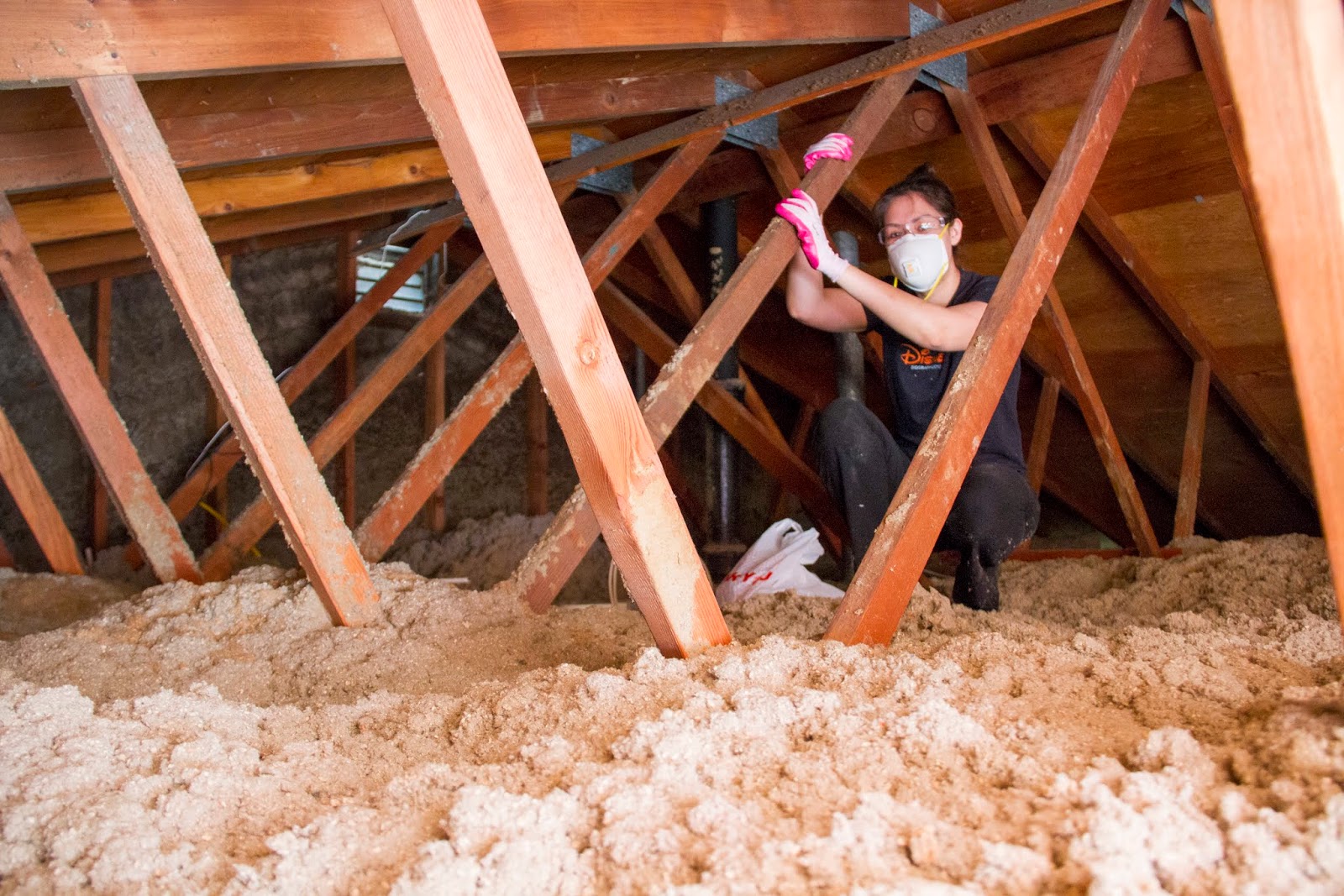Part 1: Demolition
Part 2: Plumbing
Part 3: Material selection and Floor Tile
With our floor tile in, it was time to focus on the daunting task of doing up the shower walls. Let me just preface this post by saying that if there was ever a time to hire out a job, this would be it. There is just SO MUCH engineering that goes into this tiny little corner of the room that it's impossible to learn every detail as a first-time-bathroom-remodeler. And it's not just that the details are numerous; it's that they're all important too! Omitting any of them could result in disaster (in the form of leakage, rot and mold). For this reason, I'm going to try to include as many tips (in blue) and nuggets of information in this post for any of you out there trying to find advice. Disclaimer: I am NOT a professional, so if you want a professional's expert advice, consult a professional. I repeat, I am not a professional.
The first thing we had to do was build out the underlying structure to give the cement board a solid and immovable foundation. We added 2x4s in between the existing studs (and probably went overboard) for the Hardibacker to attach to. Here you can see my niche structure with a few of the added 2x4s. You'll also notice the Hardibacker attached to the right. That was a mistake. I'll explain later.
I rerouted the wiring for a guest-bedroom outlet to go around the new niche. Back in the day, electricians liked to wire things pretty tight, which meant I had no extra slack to work with. I had to feed new wire in, which required me to explore our attic for the first time! It was kind of exciting, but mostly hot, cramped, dark and scary. Also, I think I left some needle-nose pliers up there on accident.
So back to the Hardibacker cement board. Hanging this stuff was quite the ordeal for several reasons. The first was that the material is a bitch to cut; no matter what we did score-and-snap would not work, we couldn't use high-speed power tools because it kicked up ridiculous amounts of cancer-dust (and dulled the blades), and it melted most of our jigsaw blades.
After destroying many tools to cut up the biggest boards on the back wall, I thought, "there has GOT to be a better way". I don't know why we didn't look sooner, but I found this video that changed our lives.


